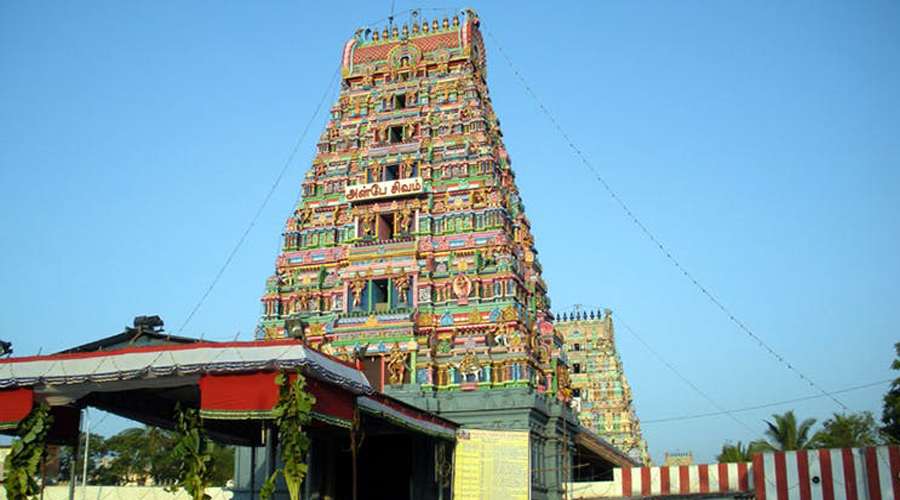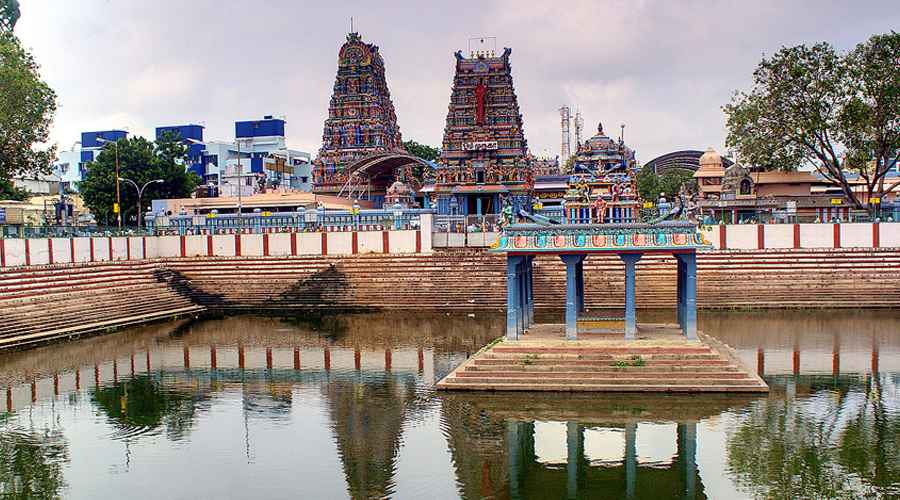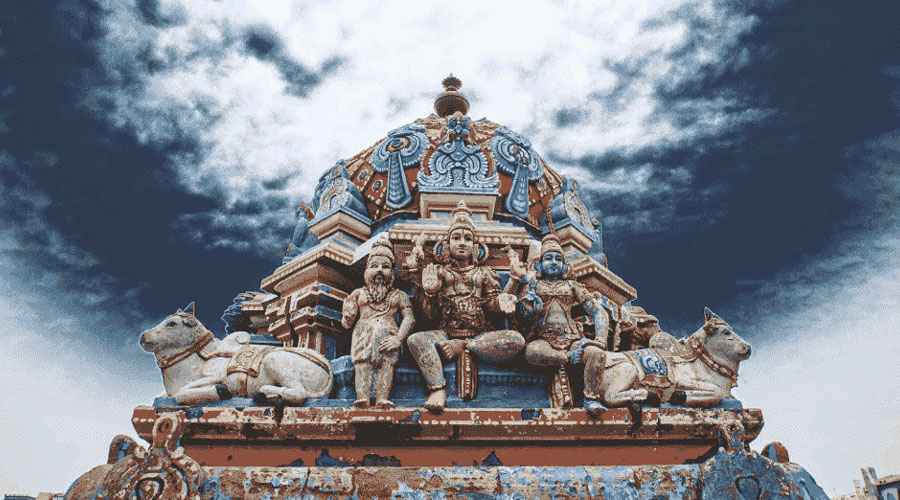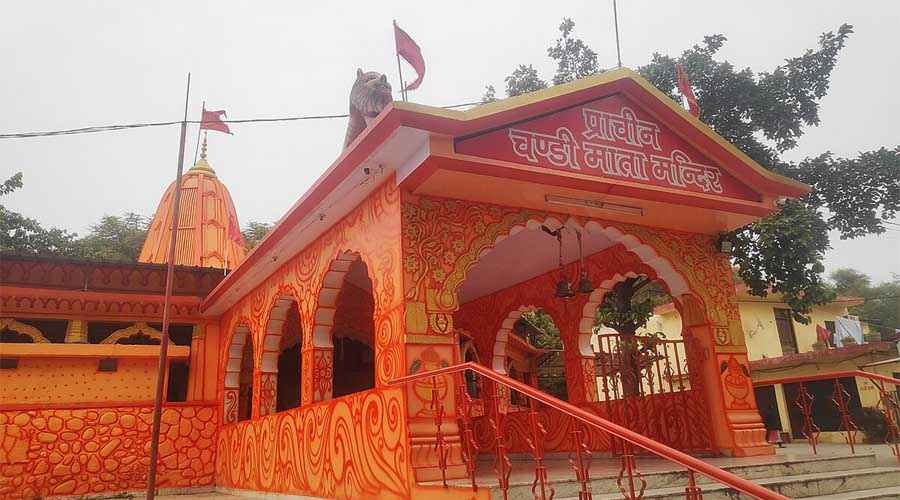The Golden Temple, also known as Sri Harmandir Sahib, stands as the shining spiritual heart of Sikhism and one of India’s most iconic monuments. Located in the city of Amritsar, Punjab, it draws millions of devotees, pilgrims, and tourists every year who come to witness its striking golden façade, immerse themselves in its spiritual atmosphere, and partake in its centuries-old traditions of hospitality and equality.
Historical Foundations
The origins of the Golden Temple date back to the late 16th century. The fourth Sikh Guru, Guru Ram Das Sahib, initiated the excavation of the sacred pool, known as the Amrit Sarovar, around 1577. This man-made lake eventually gave the city its name, Amritsar, meaning “Pool of Nectar.” The creation of this pool was not merely decorative but spiritual, symbolizing purity and the wellspring of divine grace.
The actual construction of the temple, the Harmandir Sahib, was overseen by the fifth Sikh Guru, Guru Arjan Dev Ji. Completed in 1604, the building was designed to be accessible from all four sides—symbolizing the Sikh doctrine of openness and equality, welcoming people from all castes, creeds, and walks of life. Guru Arjan also installed the Adi Granth, the holy scripture of Sikhism, inside the temple, cementing its significance as the central place of worship for Sikhs.
The Golden Temple faced destruction and desecration multiple times during the Mughal rule and during Afghan invasions in the 18th century but was always rebuilt by the resilient Sikh community. In the early 19th century, under the patronage of Maharaja Ranjit Singh, the temple was covered with gold foil, giving it the resplendent look that has made it world-famous—a gilded crown atop a marble base. This golden overlay weighs approximately 750 kilograms and gives the temple its celebrated name and glowing appearance.
Unique Architectural Marvel
The Golden Temple’s architecture is a remarkable synthesis of Islamic, Hindu Rajput, and Sikh styles fused together to create something entirely unique. It is a two-storied structure placed on a lower-level marble platform surrounded by the sacred Amrit Sarovar pool. The descent to the temple signifies humility before the divine, reflecting Sikh emphasis on equality and respect.
The temple stands on a square plan with four entrances, symbolizing openness and acceptance from all directions. The dome, plated with pure gold, sits majestically atop the temple, shining like a beacon visible from afar. The inner sanctum is exquisitely decorated with intricate frescoes, floral motifs, and calligraphic inscriptions from the Guru Granth Sahib, etched in gold leaf, creating an atmosphere of sublime beauty and peace.
Apart from the main shrine, the temple complex houses several important buildings, including the Akal Takht, the seat of political and spiritual authority in Sikhism, a museum chronicling Sikh history, and a clock tower. Surrounding the temple, the Amrit Sarovar provides a tranquil reflection of the golden edifice, enhancing its mystical appeal.
Spiritual and Cultural Significance
The Golden Temple is not only an architectural masterpiece but also the spiritual heart for Sikhs worldwide. Its design embodies the fundamental Sikh principles of universal brotherhood, humility, and equality. The open gates and accessibility to all symbolize that the divine is accessible to everyone regardless of social status, religion, or ethnicity.
The temple also exemplifies the Sikh tenet of Seva, or selfless service. The Guru Ka Langar, the free community kitchen at the Golden Temple, serves meals to over 100,000 people every day regardless of background, caste, or creed. This tradition, initiated by Guru Nanak Dev Ji (the first Sikh Guru), reflects Sikhism’s commitment to social equality and communal harmony. Diners sit together on the floor in a spirit of egalitarianism, sharing the same simple vegetarian meal.
The daily rituals of the temple include Prakash (opening ceremony) at dawn when the Guru Granth Sahib is brought in a flower-adorned palanquin to the sanctum from the Akal Takht, and Sukhasan (closing ritual) at night when the scripture is respectfully returned to its resting place. These rituals are accompanied by continuous kirtan (devotional singing), filling the temple complex with soulful music.
Historical Challenges and Resilience
The Golden Temple has endured significant trials over the centuries. During the 18th century, it was damaged repeatedly by Afghan invasions and religious persecution. Yet, each time, the Sikh community rebuilt it with renewed devotion.
One of the most tragic episodes occurred in 1984, when the Indian government launched Operation Blue Star to flush out Sikh militants from the Akal Takht complex within the Golden Temple. The military operation resulted in extensive damage to the complex and considerable loss of life, including civilians. This deeply scarred the Sikh community worldwide. However, the temple was once again refurbished and restored to its former glory, reaffirming its place as a beacon of Sikh faith and unity.
The Golden Temple Today
Today, the Golden Temple attracts more than 6 million visitors annually, ranging from devoted Sikhs to international tourists captivated by its splendor and spiritual significance. It stands as a living institution, not just a historic monument.
The temple’s administration maintains strict traditions of cleanliness, reverence, and hospitality. Pilgrims bathe in the Amrit Sarovar, seeking spiritual purification, and offer prayers in the sanctum. Visitors are expected to cover their heads and remove footwear as signs of respect.
The complex is beautifully lit at night with the golden glow reflecting in the surrounding pool, creating memorable and mystical views. Festivals like Vaisakhi and Guru Nanak Gurpurab see the temple adorned with decorations and thousands flocking to participate in processions and prayer.
Conclusion
The Golden Temple Amritsar is far more than a magnificent building of gold and marble—it is a symbol of the Sikh spirit and values. Its architecture embodies openness, humility, and inclusiveness. Its daily rituals, free kitchen, and spiritual ambiance bring people together beyond barriers of faith and social status.
From its earliest days under Guru Arjan Dev Ji to its golden splendor under Maharaja Ranjit Singh, through destruction and restoration, the Golden Temple remains a timeless beacon of hope, faith, and resilience. For millions around the globe, it is a sacred place that represents the universal ideals of equality, peace, and devotion.
Visiting the Golden Temple is a journey into the heart of Sikhism and an experience that touches the soul with its unmatched beauty and profound spirituality.











